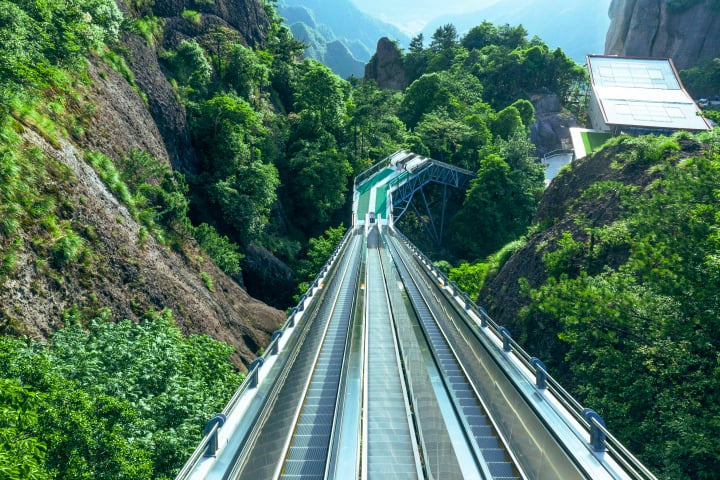Most likely, the only pyramids you learned about in school were the “Great” ones in Egypt. If you were lucky, you maybe heard that there were some in Central America, but mostly the education was all about Giza and the buried Pharaohs. However, pyramids were built as sacred architecture all over the world, from Chichen Itza (Mexico) to Indonesia; from China to the Canary Islands. If you’re traveling because you’re interested in cultures that you may not have known about before, then you have to check out these epic pyramids of the world.
1) Pyramids of Guimar (Tenerife) – Tenerife is one of the most well-traveled locales in the Canary Islands. There are plenty of hotels and cheap flights to Tenerife; this makes the Pyramids of Guimar a great first “Pyramid That’s Not In Egypt” to see. Built out of volcanic rock and fitted together without mortar, these pyramids are mysterious in that a) they’re comparable in size to all the major pyramids of the world, yet b) no one knows who built them. There are all kinds of stories involving Gnostic Christians, Freemasons, or even Aztec traders before the first millennium, but no one knows for sure. That’s why they’re so interesting.


















